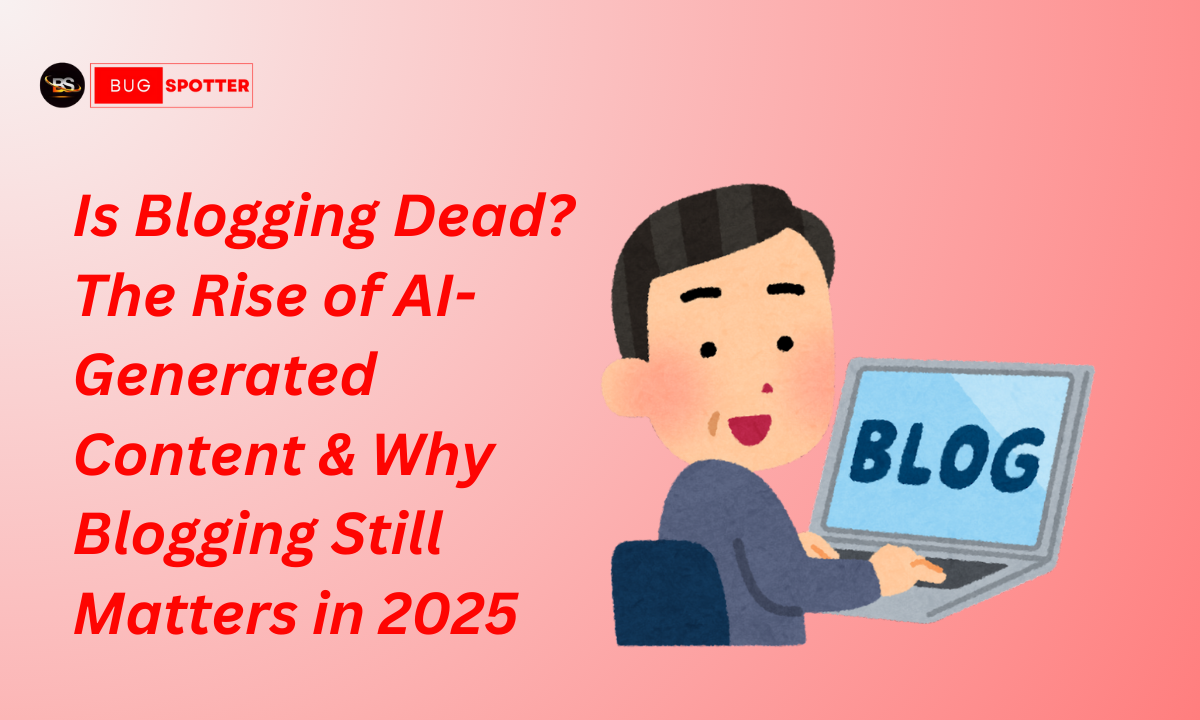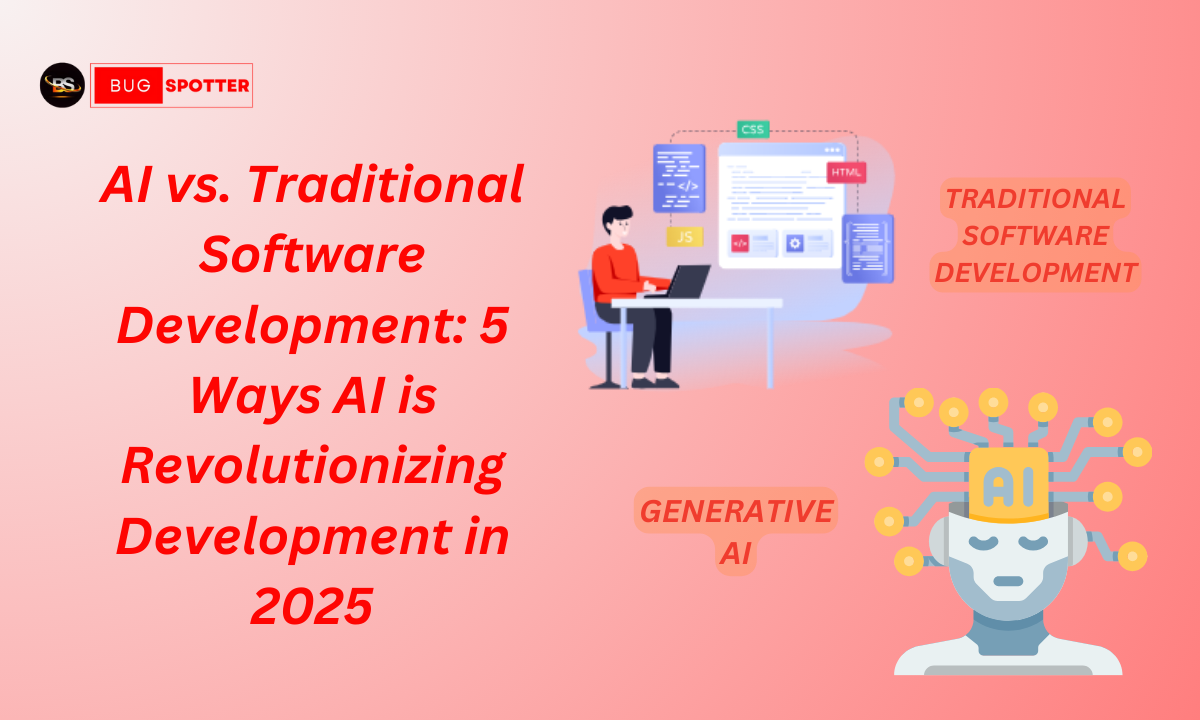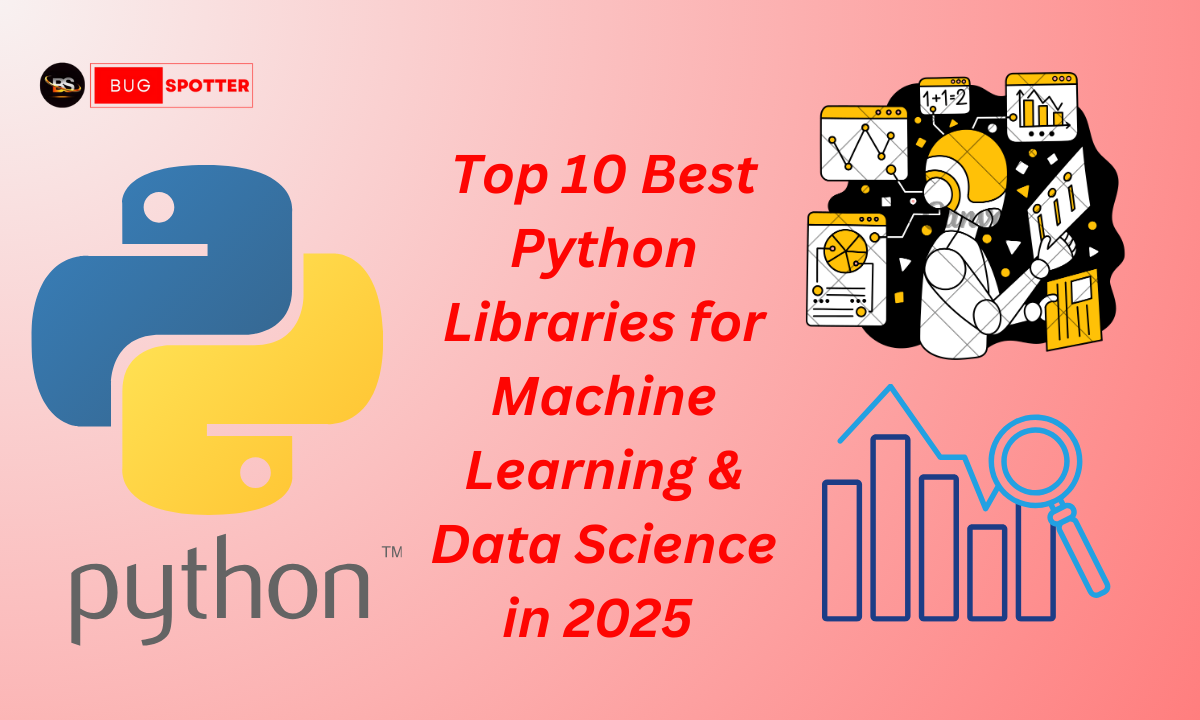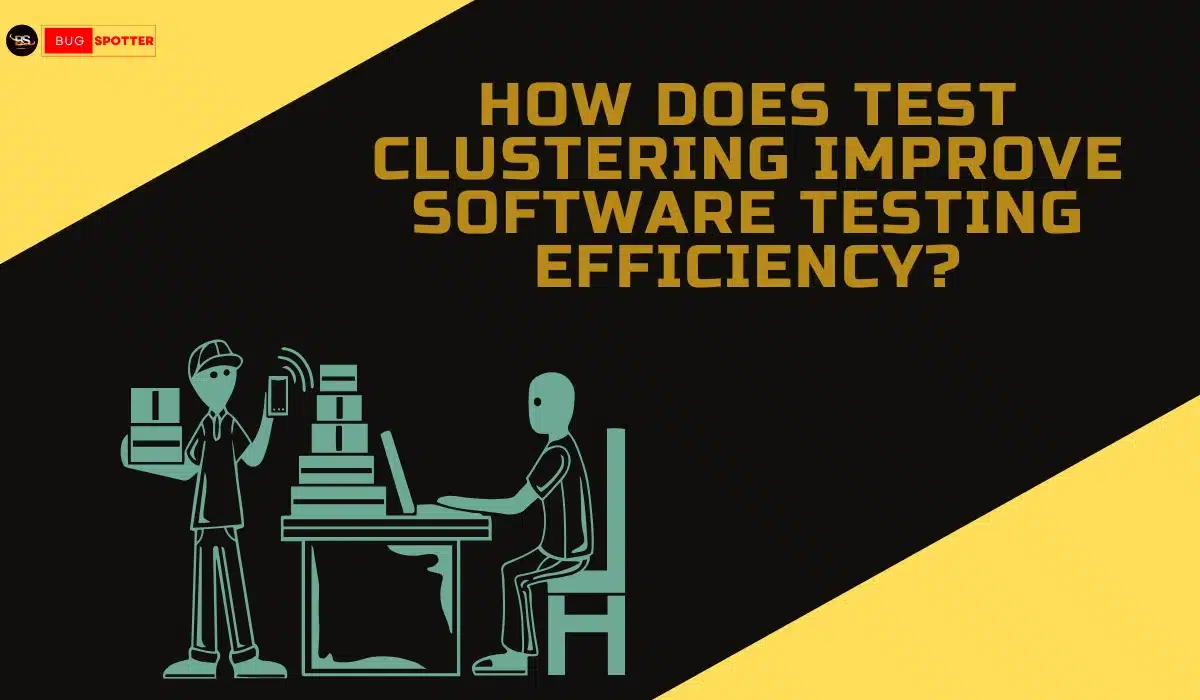Data Analyst Interview Questions
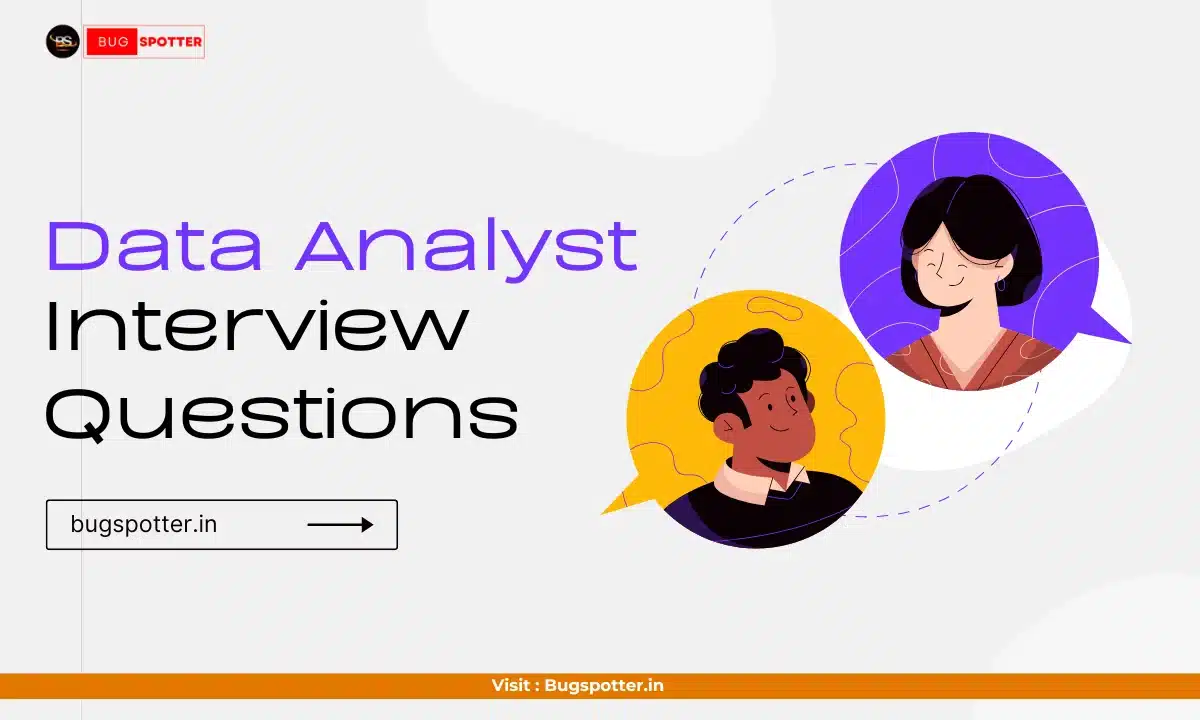
Data Analyst Interview Questions
Here are some data analyst interview questions
1. What is data analysis?
Answer: Data analysis involves inspecting, cleaning, transforming, and modeling data with the goal of discovering useful information, drawing conclusions, and supporting decision-making.
2. What tools do you use for data analysis?
Answer: I am proficient in tools like Excel, SQL, Python (pandas, NumPy), R, Tableau, and Power BI. Each tool serves a unique purpose, depending on the task at hand.
3. Explain the difference between structured and unstructured data.
Answer: Structured data refers to data that is organized in a tabular format (like in databases) and is easy to analyze, while unstructured data is raw and doesn’t have a predefined format (like text, video, and social media posts).
4. What is SQL, and why is it important for data analysts?
Answer: SQL (Structured Query Language) is a language used to manage and manipulate relational databases. It’s crucial for data analysts as it helps retrieve, update, and analyze large datasets.
5. How do you handle missing data?
Answer: Handling missing data can be done in various ways: by removing missing data, filling it with averages or medians, or using algorithms like regression to predict missing values, depending on the dataset and context.
6. What is data normalization?
Answer: Data normalization is the process of scaling data to a standard range, usually between 0 and 1, so that it can be more easily compared or analyzed. It prevents skewed results due to different units or scales.
7. What is the difference between INNER JOIN and LEFT JOIN in SQL?
Answer: An INNER JOIN returns rows when there is a match in both tables, while a LEFT JOIN returns all records from the left table and matched records from the right table; if there is no match, NULL values are returned for columns from the right table.
8. What is the difference between OLAP and OLTP?
Answer: OLAP (Online Analytical Processing) is used for complex queries and analysis of data, while OLTP (Online Transaction Processing) is used for day-to-day operations and transactions in databases.
9. What is the purpose of regression analysis?
Answer: Regression analysis is used to understand the relationship between dependent and independent variables. It helps in predicting the value of a dependent variable based on independent variables.
10. Explain the difference between a population and a sample.
Answer: A population is the entire group of individuals or items that you’re interested in studying, while a sample is a subset of that population selected for analysis.
11. What are the common types of data visualizations?
Answer: Common types of data visualizations include bar charts, line charts, scatter plots, pie charts, heatmaps, and histograms, each useful for displaying different types of data relationships.
12. What is a pivot table?
Answer: A pivot table is a data summarization tool used in Excel and other spreadsheet software to automatically sort, count, and total data to create a more organized and insightful view.
13. What is the difference between a primary key and a foreign key in databases?
Answer: A primary key is a unique identifier for a record in a table, while a foreign key is a field in a table that links to the primary key of another table.
14. How do you approach a new data analysis project?
Answer: I begin by understanding the project requirements, followed by gathering and cleaning the data. Next, I perform exploratory data analysis (EDA), analyze the data using appropriate methods, and present the findings through visualizations and reports.
15. Explain the difference between correlation and causation.
Answer: Correlation refers to a statistical association between two variables, while causation means that one variable directly causes changes in another. Correlation does not imply causation.
16. What is a confidence interval?
Answer: A confidence interval is a range of values that is used to estimate the true value of a population parameter. It provides an interval within which we expect the true value to lie with a certain level of confidence.
17. What is A/B testing?
Answer: A/B testing is a method of comparing two versions of a variable to determine which one performs better in terms of user behavior or other metrics.
18. What is the significance of p-value in hypothesis testing?
Answer: The p-value helps determine the significance of the results in a hypothesis test. A p-value less than a significance level (usually 0.05) indicates that the null hypothesis can be rejected.
19. What is the difference between a histogram and a bar chart?
Answer: A histogram displays the frequency distribution of continuous data, while a bar chart is used for comparing categorical data with rectangular bars representing different categories.
20. How do you check for outliers in a dataset?
Answer: I check for outliers by using methods like box plots, z-scores, or IQR (interquartile range) to identify any data points that fall outside a specified range.
21. What is the difference between supervised and unsupervised learning?
Answer: Supervised learning uses labeled data to train algorithms, while unsupervised learning uses unlabeled data to find patterns or groupings in the data.
22. What is time series analysis?
Answer: Time series analysis is a method of analyzing data points collected or recorded at specific time intervals to identify trends, seasonal patterns, and other temporal behaviors.
23. What are the key components of data cleaning?
Answer: Data cleaning involves removing duplicates, handling missing values, standardizing formats, correcting errors, and dealing with outliers.
24. What is an API?
Answer: An API (Application Programming Interface) is a set of protocols and tools that allow different software applications to communicate with each other and exchange data.
25. Explain the difference between a data warehouse and a data lake.
Answer: A data warehouse is a structured repository designed for reporting and analysis, whereas a data lake is an unstructured repository that stores raw data in its native format, typically for big data analysis.
26. What is ETL?
Answer: ETL stands for Extract, Transform, Load, and it is a process used to extract data from various sources, transform it into a usable format, and load it into a data warehouse or database.
27. What is a time series forecast model?
Answer: A time series forecast model predicts future values based on historical data and trends. Common models include ARIMA, exponential smoothing, and seasonal decomposition.
28. What is the difference between a bar chart and a column chart?
Answer: A bar chart uses horizontal bars, whereas a column chart uses vertical bars to represent data. Both are used for comparing categories, but the orientation differs.
29. How would you explain a complex dataset to a non-technical stakeholder?
Answer: I would simplify the explanation by using visualizations and clear, concise language. I would highlight key insights, focus on actionable outcomes, and avoid using technical jargon.
30. What is a data model?
Answer: A data model is a conceptual representation of the structure and relationships within a dataset. It helps in organizing and standardizing data for better analysis.
31. What is data aggregation?
Answer: Data aggregation involves combining data from multiple sources or records into a summary form, such as computing averages, sums, or counts.
32. Explain the concept of hypothesis testing.
Answer: Hypothesis testing is a statistical method used to determine whether there is enough evidence to reject a null hypothesis in favor of an alternative hypothesis.
33. What is a KPI?
Answer: A KPI (Key Performance Indicator) is a measurable value that demonstrates how effectively a company is achieving key business objectives.
34. Explain the difference between variance and standard deviation.
Answer: Variance measures the spread of data points around the mean, while standard deviation is the square root of the variance, providing a more interpretable measure of spread.
35. What are decision trees?
Answer: Decision trees are a type of predictive model used in machine learning that splits data into branches based on feature values to make decisions or predictions.
36. What are the steps in exploratory data analysis (EDA)?
Answer: EDA involves summarizing the data using statistical graphics, plots, and tables, checking for missing values, identifying outliers, and determining relationships between variables.
37. What is the difference between Type I and Type II errors?
Answer: Type I error occurs when a true null hypothesis is rejected (false positive), and Type II error happens when a false null hypothesis is not rejected (false negative).
38. What is an outlier, and how do you handle it?
Answer: An outlier is a data point that significantly deviates from the other observations. Handling outliers can involve removing them, transforming the data, or using statistical methods to reduce their influence.
39. What is clustering in data analysis?
Answer: Clustering is a technique used in unsupervised learning to group similar data points together based on certain features, often using algorithms like K-means or hierarchical clustering.
40. What is the difference between batch processing and real-time processing?
Answer: Batch processing involves processing large volumes of data at once at scheduled intervals, while real-time processing involves continuous data processing with immediate results.
41. How do you ensure data quality in your analysis?
Answer: Ensuring data quality involves regular checks for accuracy, completeness, consistency, and reliability, as well as applying validation rules and using data-cleaning techniques.
42. What is a scatter plot used for?
Answer: A scatter plot is used to visualize the relationship between two continuous variables, showing how one variable is affected by another.
43. Explain the concept of overfitting in a machine learning model.
Answer: Overfitting occurs when a model becomes too complex and captures noise or random fluctuations in the data, resulting in poor generalization to new data.
44. What is data wrangling?
Answer: Data wrangling refers to the process of cleaning, structuring, and preparing raw data for analysis.
45. What are the main steps of the data analysis process?
Answer: The main steps are defining objectives, collecting data, cleaning and preprocessing data, analyzing the data, and presenting the findings.
46. What is a data dictionary?
Answer: A data dictionary is a collection of definitions and descriptions of the data elements in a database, including data types, allowed values, and constraints.
47. What is feature selection?
Answer: Feature selection is the process of identifying and selecting the most relevant variables or features to use in a model, aiming to improve model performance and reduce complexity.
48. What is a confusion matrix?
Answer: A confusion matrix is a table used to evaluate the performance of a classification model, showing the counts of true positives, false positives, true negatives, and false negatives.
49. What is cross-validation?
Answer: Cross-validation is a technique used to assess the performance of a machine learning model by splitting the dataset into multiple parts, training on some parts, and testing on others.
50. What do you understand by big data?
Answer: Big data refers to datasets that are too large or complex to be handled by traditional data processing tools. It involves high volume, velocity, and variety and requires specialized tools for analysis.
Latest Posts
- All Posts
- Software Testing
- Uncategorized
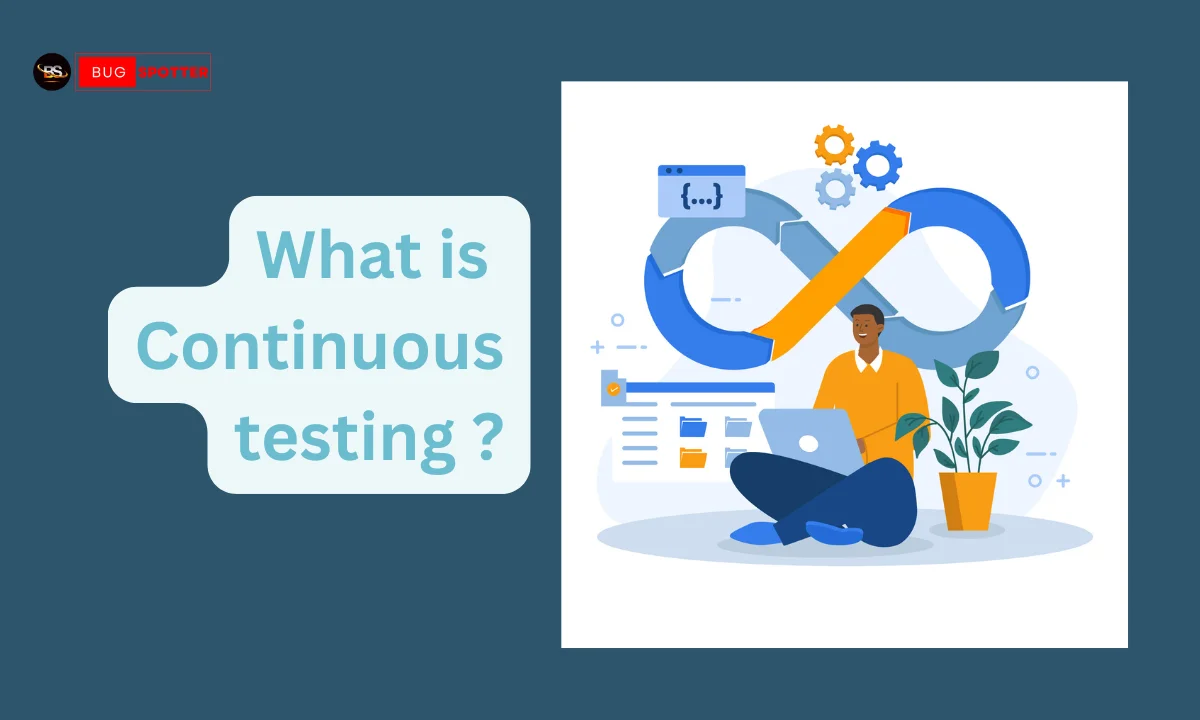


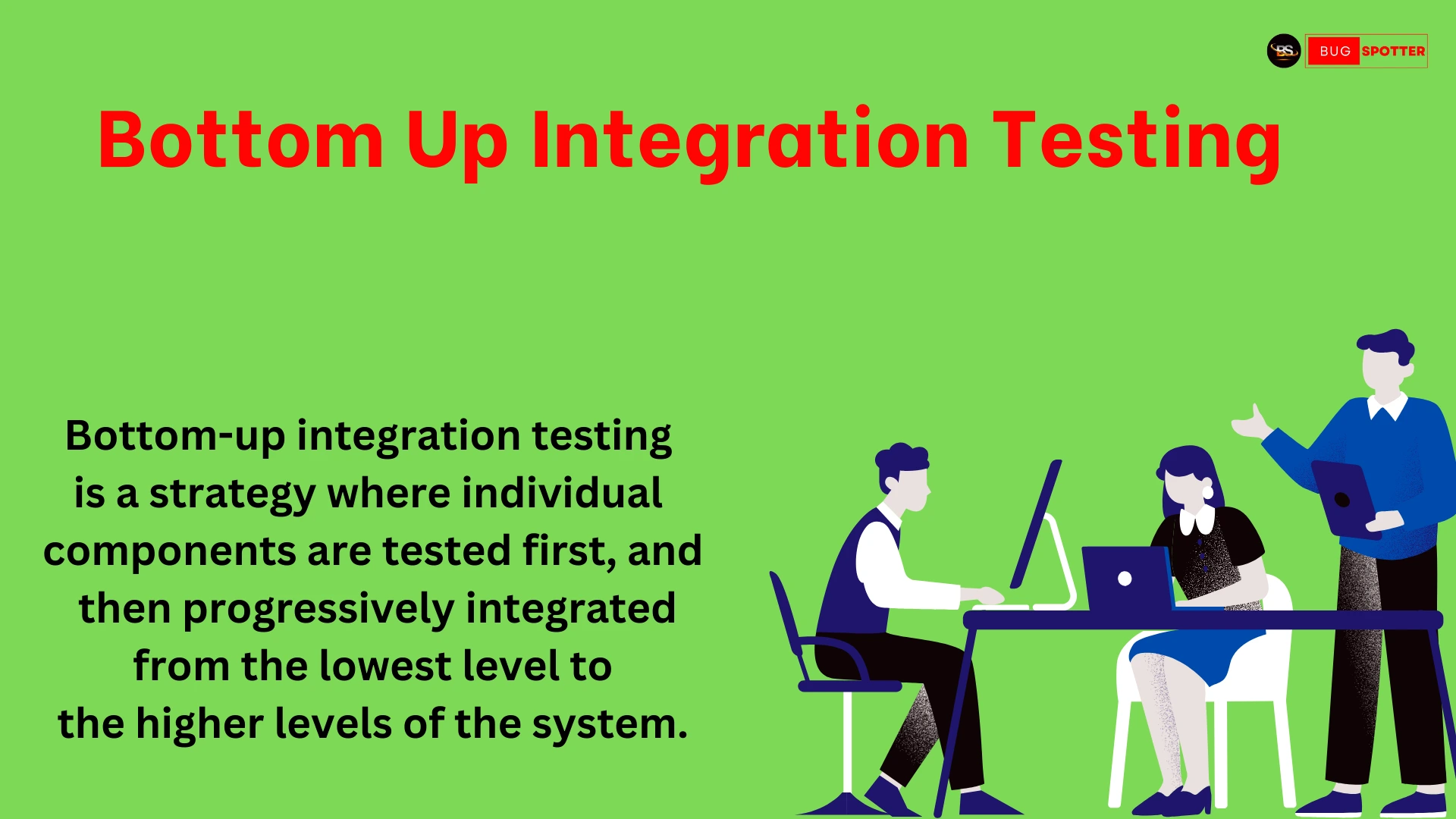
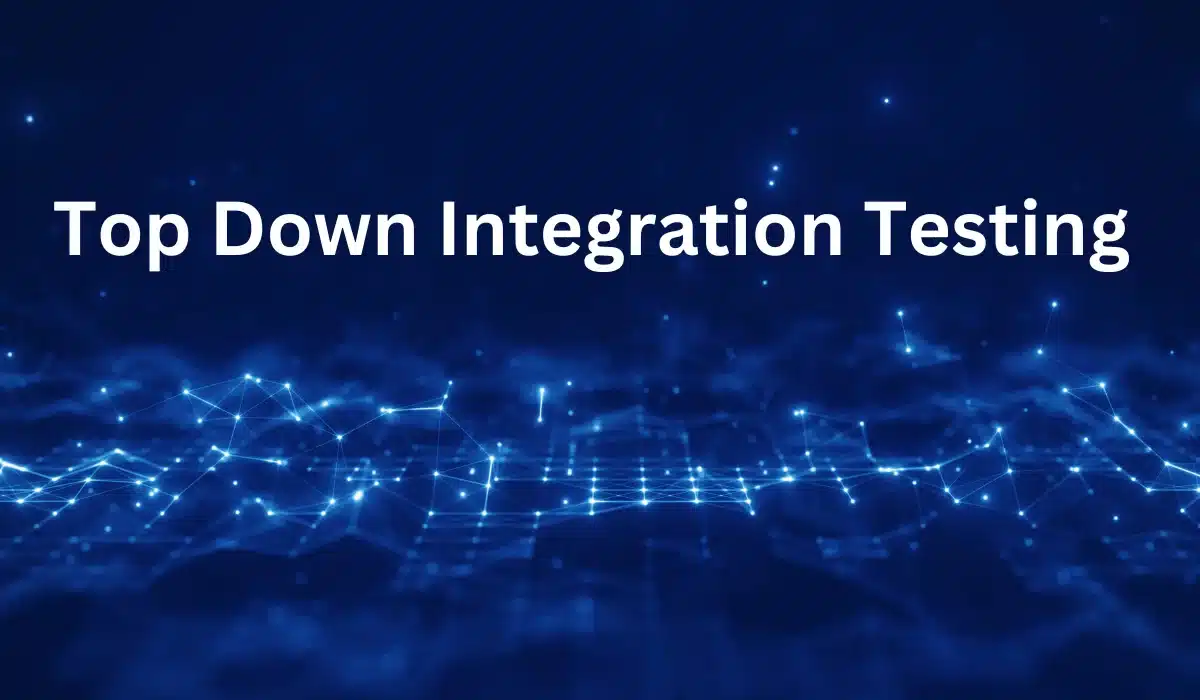
Categories
- Artificial Intelligence (5)
- Best IT Training Institute Pune (9)
- Cloud (2)
- Data Analyst (55)
- Data Analyst Pro (15)
- data engineer (18)
- Data Science (104)
- Data Science Pro (20)
- Data Science Questions (6)
- Digital Marketing (4)
- Full Stack Development (7)
- Hiring News (41)
- HR (3)
- Jobs (3)
- News (1)
- Placements (2)
- SAM (4)
- Software Testing (70)
- Software Testing Pro (8)
- Uncategorized (33)
- Update (33)
Tags
- Artificial Intelligence (5)
- Best IT Training Institute Pune (9)
- Cloud (2)
- Data Analyst (55)
- Data Analyst Pro (15)
- data engineer (18)
- Data Science (104)
- Data Science Pro (20)
- Data Science Questions (6)
- Digital Marketing (4)
- Full Stack Development (7)
- Hiring News (41)
- HR (3)
- Jobs (3)
- News (1)
- Placements (2)
- SAM (4)
- Software Testing (70)
- Software Testing Pro (8)
- Uncategorized (33)
- Update (33)


